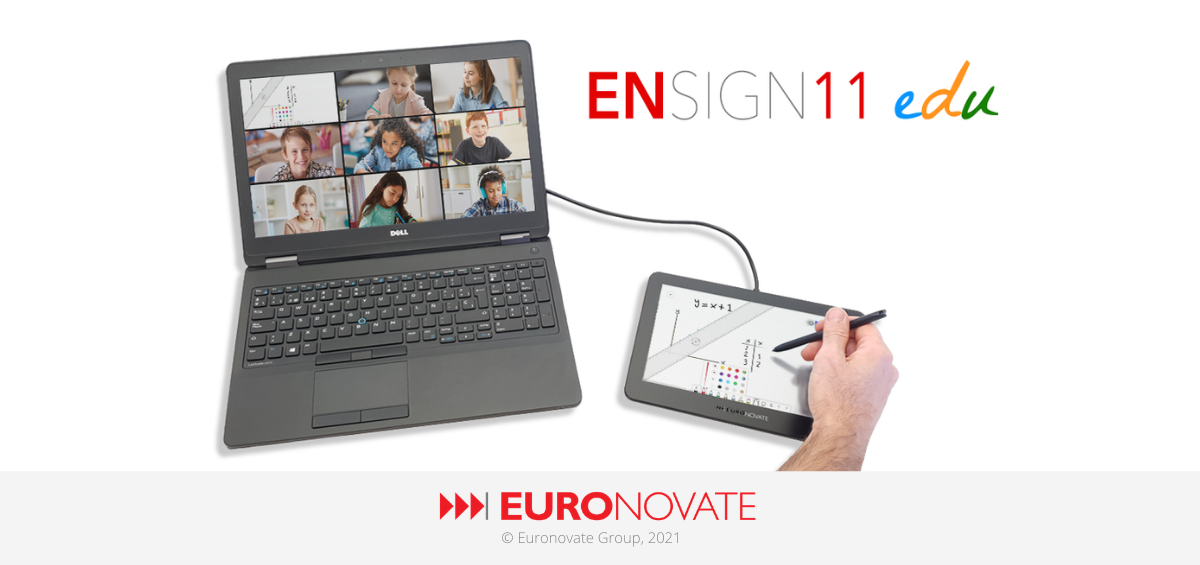In 2020, COVID-19 pandemic hit all societies.
Suddenly, national authorities issued “stay at home” policies to avoid spreading the virus caused by people gathering, obliging organizations and governments to rethink their daily life and build a new reality.
Companies also had to preconceive their business strategies to meet society’s new needs and offer remote services for their clients and workforce.
How did businesses shape the “new normal”?
Firstly, we must remember that even before the pandemic, a minority of companies had already started implementing new digital tools and solutions that could lead to a 360° conversion to Digital Transformation.
The problem was that these businesses weren’t prioritizing digitalization in their business plan, so all those processes were prolonged, not spread, and considered not a prerogative for the organization.
But when COVID-19 blew up, companies finally recognized the importance of Digital Transformation’s transition to continue having trusted interactions with consumers through digital channels.
To confirm these statements, McKinsey report¹ enlightened that, during the pandemic era, companies accelerated the digitalization of their customers and supply chain interactions of 3–4 years.
Interviewing some executives, the report found that the businesses’ budget for digital conversion became one of the most relevant ones, proving the growing companies’ interest in setting these kinds of strategies.
Albert Einstein’s quote: “In the midst of every crisis lies great opportunity,” had never been more accurate. Considering Europe, the average rate of adopting a digital or digitally enhanced offering accelerated by seven years.
Which verticals had been more likely to accelerate digital transformation in response to the COVID-19 pandemic?
A STATISTA² research pointed out that technology and energy were the two verticals that reported significant advancements in Digital Transformation (DX) due to the pandemic.
Moreover, businesses considered to be the most reluctant to convert their offering into digital, such as Financial Services and Telcos, experienced the highest rate of digital maturity and are more successful at transformation³.
The key to their success was their intention and promptness to convert their internal and external processes, reconsidering them under a renovated digital perspective.
We are now in a post-pandemic situation where digitalization is no longer a “nice-to-have” but a “must-have” process for companies that want to survive in the market.
So, what is awaiting us in the near future?
As one can imagine, process digitalization will be the driver for a technologically oriented business culture that is now beginning to spread among all market landscapes. Innovation will be more and more encouraged and seen as the Polar star for the company’s success.
We are talking about a real business revolution in approach and strategy. Essential to meet consumers’ renovated expectations and needs, being able to be more resilient, agile, and customer-orientated.
As mentioned, COVID-19 represented a huge opportunity that pushed the construction of an affordable digital infrastructure thanks to governments' and businesses’ coordinated initiatives to meet citizens’ and customers’ needs.
Euronovate Group, as a Technology Vendor for Trust Solutions, guides businesses and institutions in their conversion towards digital transformation, designing and developing solutions to accelerate internal and external processes.
¹ McKinsey, How COVID-19 has pushed companies over the technology tipping point—and transformed business forever
² Statista, Global impact of COVID-19 on digital transformation speed 2020, by industry
³ Boston Consulting Group, Which Sectors Perform Best in Digital Transformation?
⁴ Global Infrastructure Hub, In a post-COVID world, the future is digital



